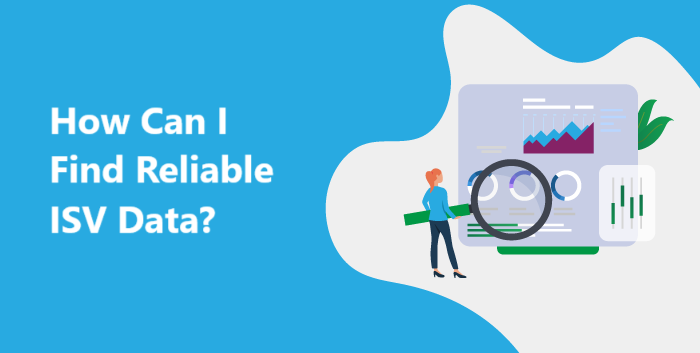B2B software sales is an ever-evolving playing field for marketers. Not only is the competition rude, but buyers are savvier than ever. Business decision-makers are holding vendors to higher and higher standards, making purchases in their job roles much in the same way that they do in their personal lives—after much scrutiny. People look for genuine reviews and are weary of companies that try to sugarcoat negative points. Buyers of software are looking to get a sense of what they can expect—good, bad and ugly—not an unrealistic or ideological best-case scenario.
In a recent Forbes article citing a study conducted by TrustRadius, they state that, “85% of B2B vendors said they were open and honest about their product during the sales process. Yet only 36% of B2B buyers believe they got the full picture from their vendor.” What that says to me is that while buyers have already changed the way they move down a sales funnel, vendors need to follow suit and step up their game.
In order to do that, here is our list of 5 challenges that B2B software vendors can turn into opportunities when marketing their products:
Longer sales cycles require more nurturing
Salespeople always want to go after the “low-hanging fruit” and are often impatient when it comes to lead nurturing. As sales cycles in the B2B software business are often lengthy, it’s a mistake to overlook this and not spend the time that’s needed in order to create a nurture pipeline. Educational outreach and brand awareness are fundamental parts of the process and in order to do this well, you need a certain degree of patience. Nurturing prospects should take place across channels both on and offline and is most effective when it includes:
- Participation in online communities, groups, or forums
- Personalized email messaging
- Social media connection
- Content promotion
Building trust is an opportunity for long-lasting client relationships
Just saying “trust me” is not likely to work to get prospects to believe in your messaging. Building trust through a strategic nurture process means knowing when to ease up on the sales pitches; people like to be treated with respect regardless of whether they’re assuming a business role or going about their personal lives. It’s important not to constantly bombard them with sales messages, but rather show them that you care about who they are as people. While this may take time and energy to do well, once trust is established, this will make for much better and longer-term business relationships with your customers.
Branded content must be useful
Content full of what I call “marketing blah blah” (those nice phrases that don’t mean a whole lot) is a thing of the past. Not only does content have to be clear and authentic, but it also needs to serve a purpose. If it is too product-skewed, it will turn prospects off — people want content that is useful, informative, interesting and that inspires them to engage. While getting creative to develop new content can be challenging, it’s another opportunity to help build trust as mentioned above. If your content addresses a business need expressed by your audience (and you have handed them a rope in their time of need without asking for anything in return), they’ll be more likely to trust your brand, and go ahead with a purchase when the time is right.
Prospects want to test it for themselves
It’s rare that buyers will go through with a purchase without trying a product out first to see if it’s the right fit. If your competition is offering a 30-day free trial, and you’re not — you are losing out on an enormous opportunity. Enabling your customers to test and see if your product is everything you say it is, will help show them the “proof is in the pudding.” Not all software solutions lend themselves to freeware or trial versions, but when possible, this is a great route to take.
Making your customers brand ambassadors
Connecting your customers with potential buyers is a fantastic way to get the word-of-mouth marketing ball rolling. Your customers should be your biggest advocates, so create a community where these two groups can come together and share experiences. Allowing prospects to solicit your customers directly in an unfiltered manner, is another great way to help establish trust for your brand. Animating a forum or an online community by asking questions of both audiences and encouraging them to participate in the discussion will help them to do just that.








